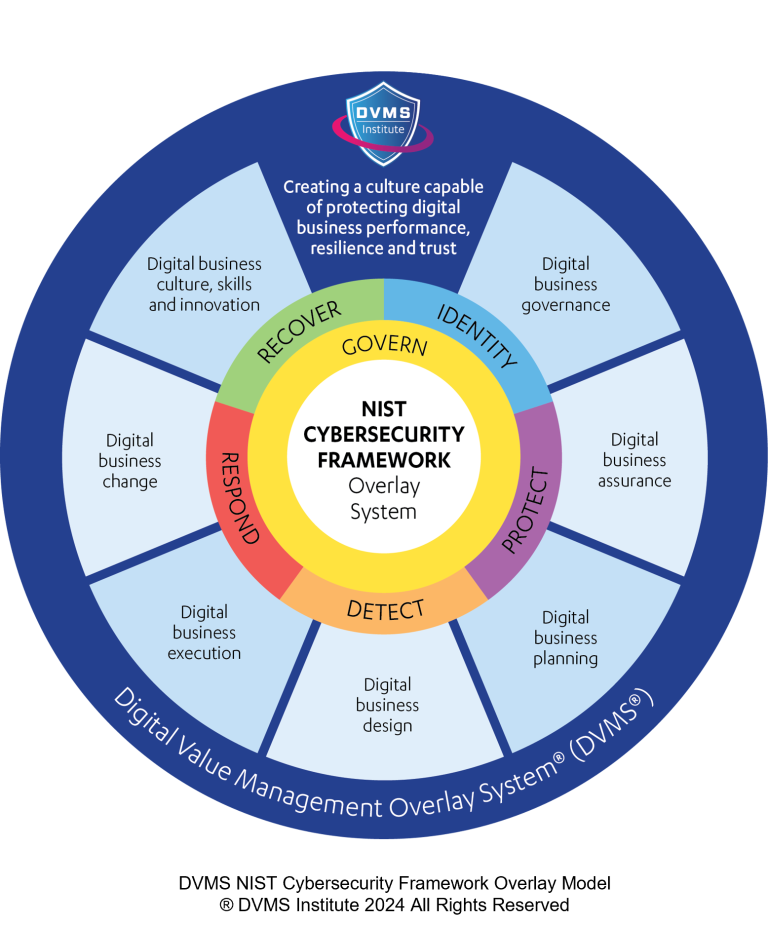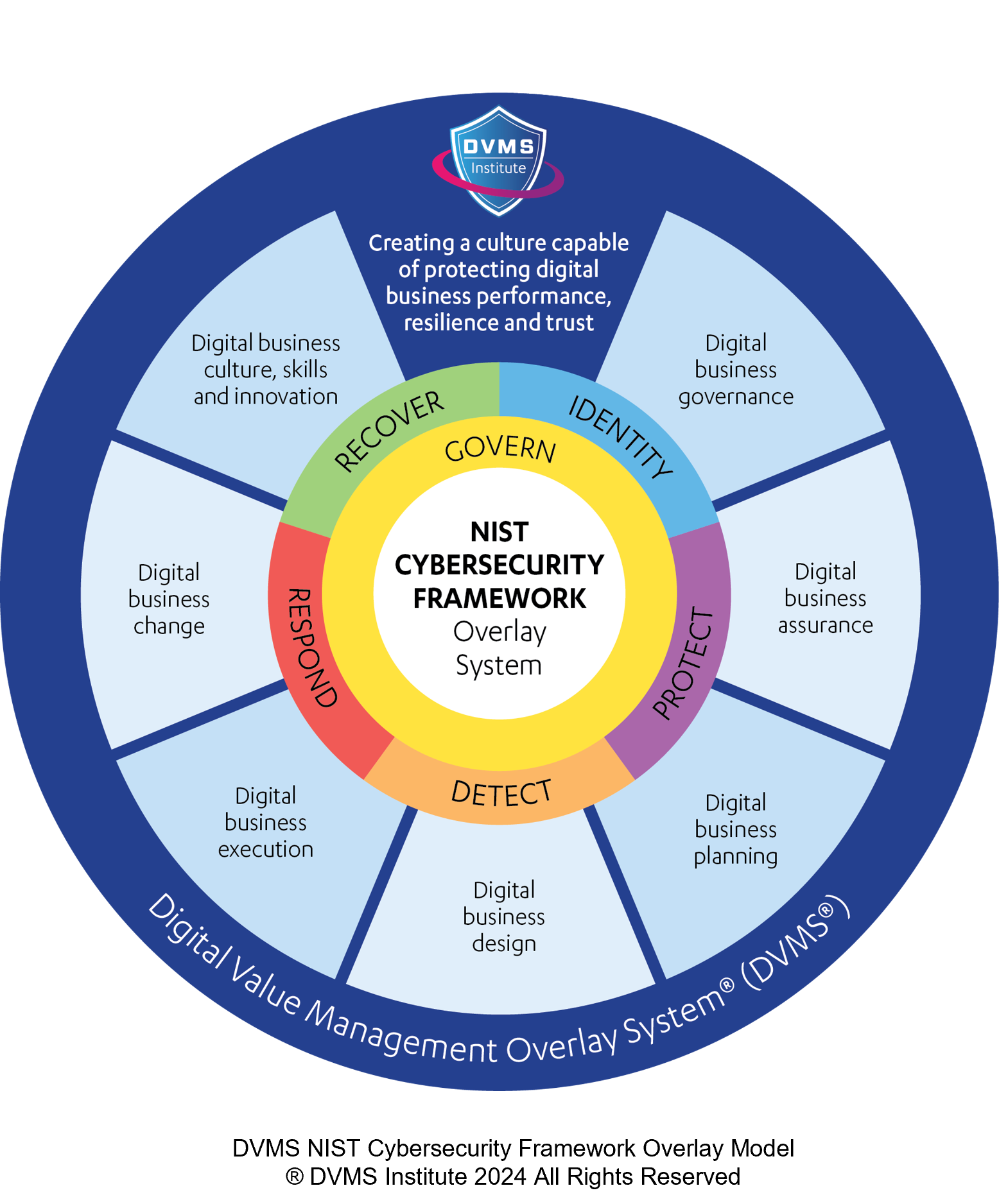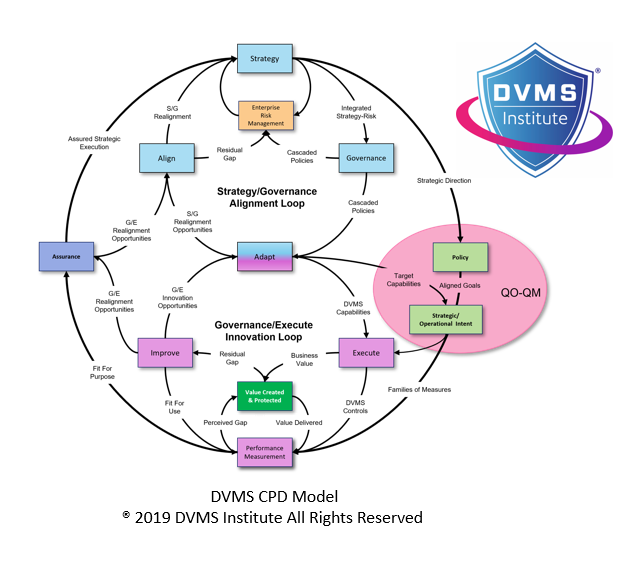Leveraging the NIST Cybersecurity Framework for CMMC Certification
The Defense Industrial Base (DIB) is under increasing pressure to bolster its cybersecurity posture. The Cybersecurity Maturity Model Certification (CMMC) is the Department of Defense’s (DoD) response to this challenge. While CMMC outlines specific requirements, the National Institute of Standards and Technology (NIST) Cybersecurity Framework (CSF) offers a robust foundation for protecting organizational digital business performance, resilience, and client trust. This article explores how DIB companies can effectively utilize the NIST CSF to meet CMMC certification needs.
Understanding NIST CSF and CMMC
Before exploring the connection between these frameworks, it’s essential to understand their core principles.
- NIST CSF is a voluntary framework that provides a common vocabulary and methodology for organizations to manage and mitigate cyber risks. It outlines the six core business functions organizations need to have in place to manage cyber risk: They include the ability to Govern, Identify, Protect, Detect, Respond, and Recover from cyber-attacks or incidents.
- CMMC is a mandatory certification program for DIB contractors handling Controlled Unclassified Information (CUI). It comprises five cybersecurity maturity levels, with Level 1 being basic and Level 5 being advanced. The framework incorporates NIST standards and other industry standards and best practices.
Aligning NIST CSF with CMMC Requirements
The NIST CSF is an asset for DIB companies striving for CMMC certification. Here’s how:
- Foundation for CMMC Levels: The NIST CSF provides a comprehensive approach to cyber risk management, making it applicable to all CMMC levels. While lower levels may require fewer controls, the CSF’s structured approach helps build a scalable cyber risk management program.
- Common Language: Both frameworks use similar terminology and concepts. Aligning cyber risk efforts with the NIST CSF facilitates communication with auditors and customers, demonstrating a proactive approach to managing cyber risk
- Risk Management Framework: The NIST CSF’s risk-based approach aligns with CMMC’s focus on protecting CUI. Companies can prioritize cybersecurity investments and demonstrate compliance by identifying and assessing risks.
- Continuous Improvement: Both frameworks emphasize continuous improvement. Using the NIST CSF as a baseline enables DIB companies to mature their cybersecurity practices over time and meet evolving CMMC requirements.
Practical Implementation Steps
To effectively leverage the NIST CSF for CMMC certification, consider the following steps:
- Conduct a Cybersecurity Assessment: Evaluate your organization’s current cybersecurity risk posture using the NIST CSF as a baseline. This assessment will help identify gaps and prioritize improvement areas.
- Develop a Cybersecurity Program: Create a comprehensive cybersecurity risk management program based on the NIST CSF core functions. Tailor the program to meet specific CMMC-level requirements.
- Implement Necessary Controls: Implement the required cybersecurity controls aligned with the NIST CSF and CMMC standards. Consider leveraging existing security controls and technologies where possible.
- Documentation and Evidence: Maintain thorough documentation of your cybersecurity program, policies, procedures, and implementation activities. This documentation will be crucial for CMMC assessments.
- Continuous Monitoring and Improvement: Establish a continuous monitoring process to identify and address emerging threats. Regularly review and update your cyber risk management program to reflect evolving risks & regulatory requirements.
Additional Considerations
- Third-Party Assessments: Consider engaging a qualified third-party assessor to evaluate organizational compliance with NIST CSF and CMMC standards.
- Employee Training: Invest in cybersecurity NIST Cybersecurity Framework Awareness and Certification Training programs for your employees. A well-informed workforce is essential for preventing and responding to cyber incidents.
- Supply Chain Security: Address the cybersecurity risks associated with your supply chain and ensure that your suppliers have adequate security measures.
By effectively leveraging the NIST CSF, DIB companies can strengthen their cyber risk management posture and achieve CMMC certification. This strategic approach enhances the protection of sensitive information and establishes a culture capable of mitigating cyber risks to protect digital business performance, resilience, and trust with customers and partners.
About the Author

Rick Lemieux
Co-Founder and Chief Product Officer of the DVMS Institute
The DVMS Institute teaches organizations of any size, scale, or complexity an affordable approach to mitigating cyber risk to protect digital business performance, resilience, and trust.
Rick has 40+ years of passion and experience creating solutions to give organizations a competitive edge in their service markets. In 2015, Rick was identified as one of the top five IT Entrepreneurs in the State of Rhode Island by the TECH 10 awards for developing innovative training and mentoring solutions for boards, senior executives, and operational stakeholders.
® DVMS Institute 2024 All Rights Reserved



